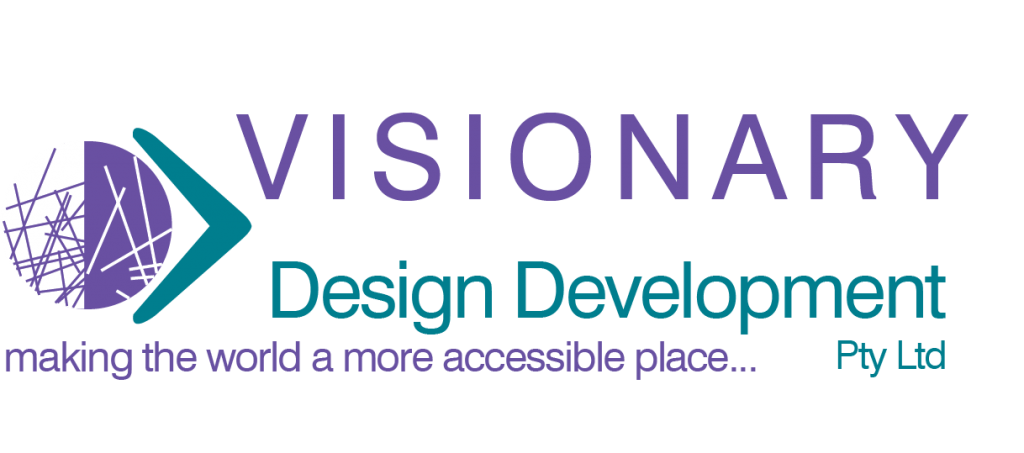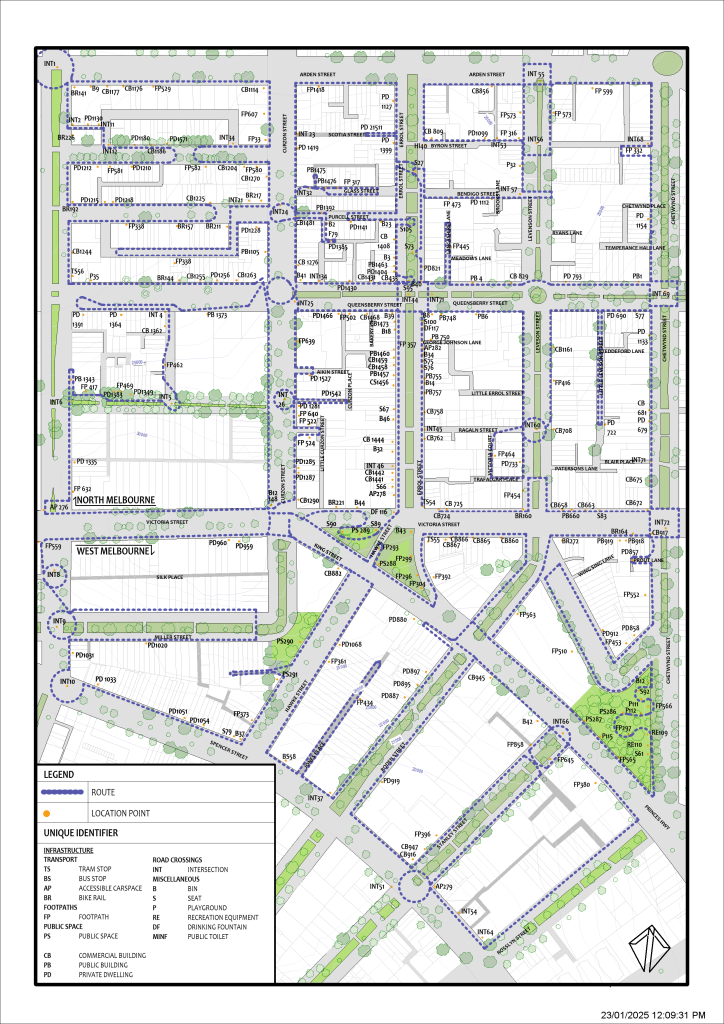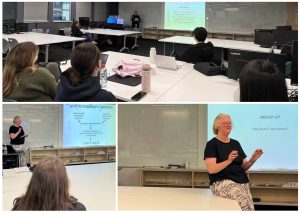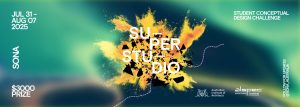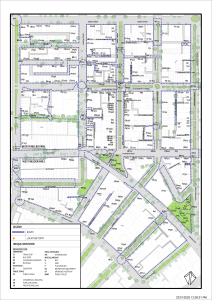Bringing accessibility (or the lack thereof) into focus, Mary Ann’s research contributes to the current body of work around this topic. Her PhD explores improving built environment accessibility (at neighbourhood scale) through using both theory of change thinking and complex adaptive systems thinking. Fieldwork included testing the designed ‘intervention’, the UMI Process (further iterated from the Universal Mobility Index), which was embedded in a theory of change that had the following goals:
Immediate goals
1) Improve the utility of neighbourhood built environment accessibility assessment.
2) Architects better understand:
a) lived experience of people with disability,
b) disabling Existing Conditions within neighbourhoods,
c) factors contributing to neighbourhood built environment inaccessibility, and
d) shortcomings of current ways of working.
3) Architects explicitly recognise the criticality of ‘working together with people with disability’.
4) Motivate architects to build individual capacity, thereby improving built environment accessibility praxis.
Intermediate goals
Architects understand:
• people with disabilities’ rights-holder status, and
• the accountability attached to architects’ duty-bearer status.
Long-term goal
Evolve a ‘new built environment paradigm’, embracing social model of disability, complexity theory, transdisciplinarity, and human rights-based approaches:
• that demonstrably contributes to (positive) change in built environment accessibility for people with disability at neighbourhood scale.
